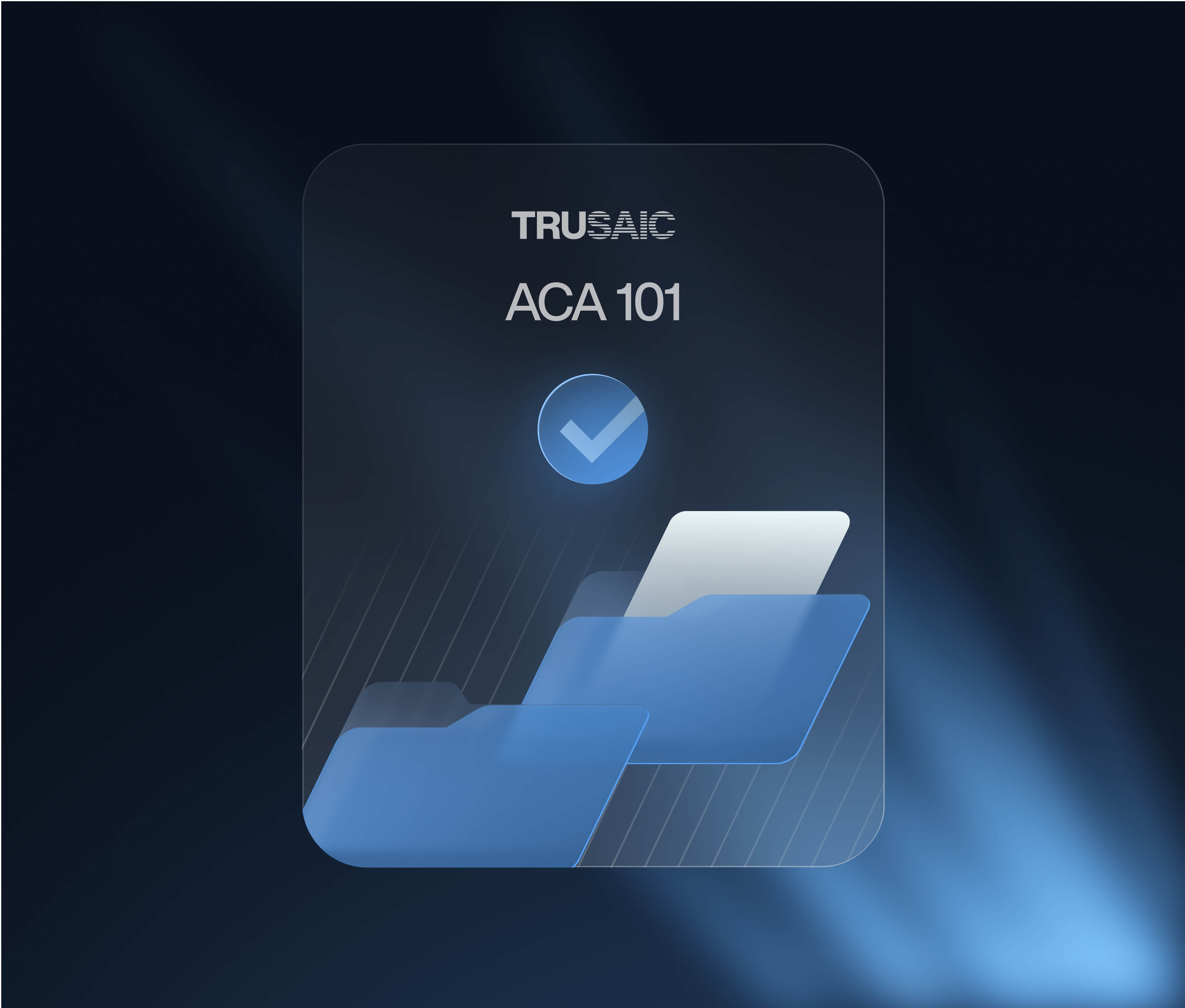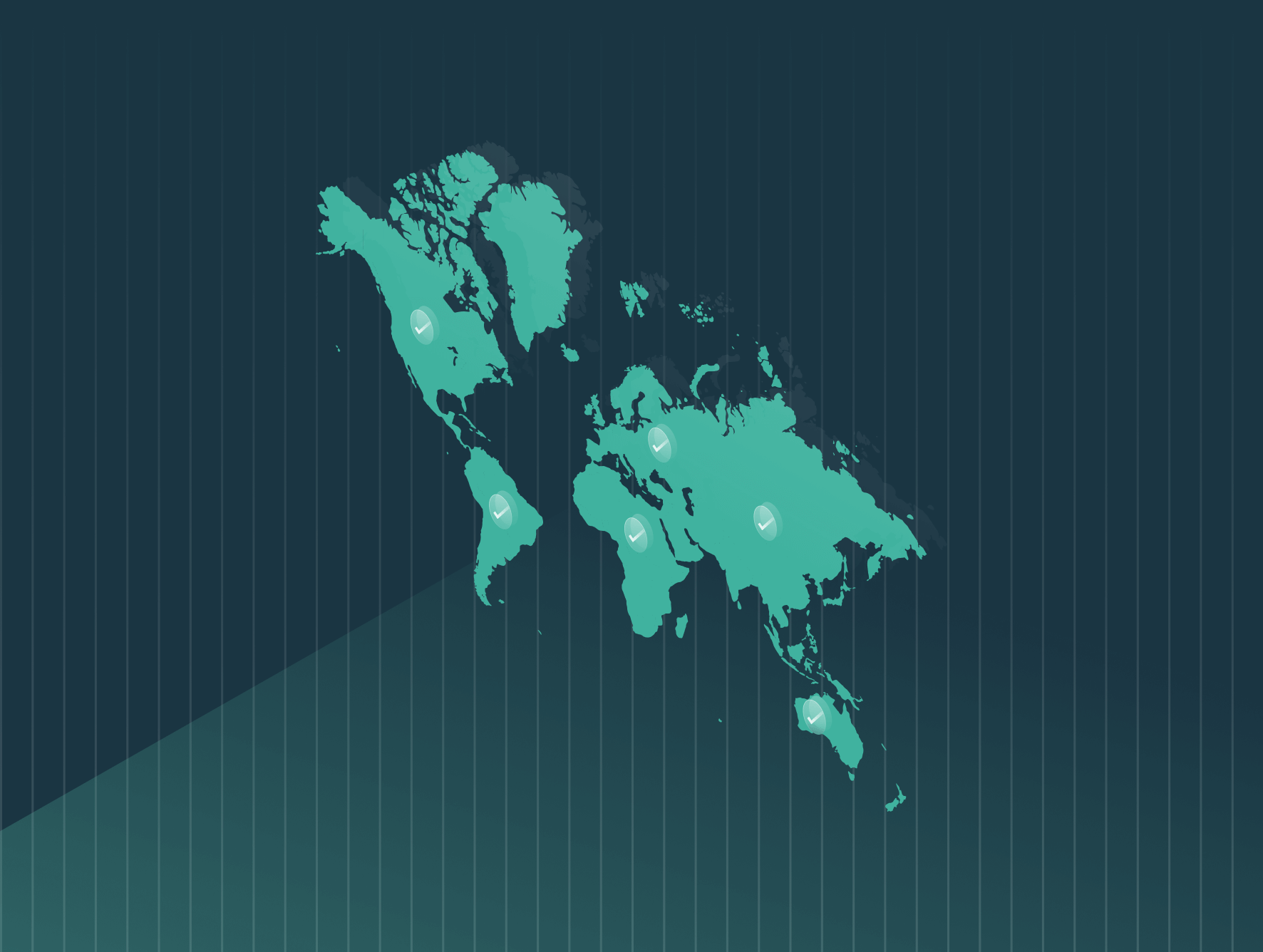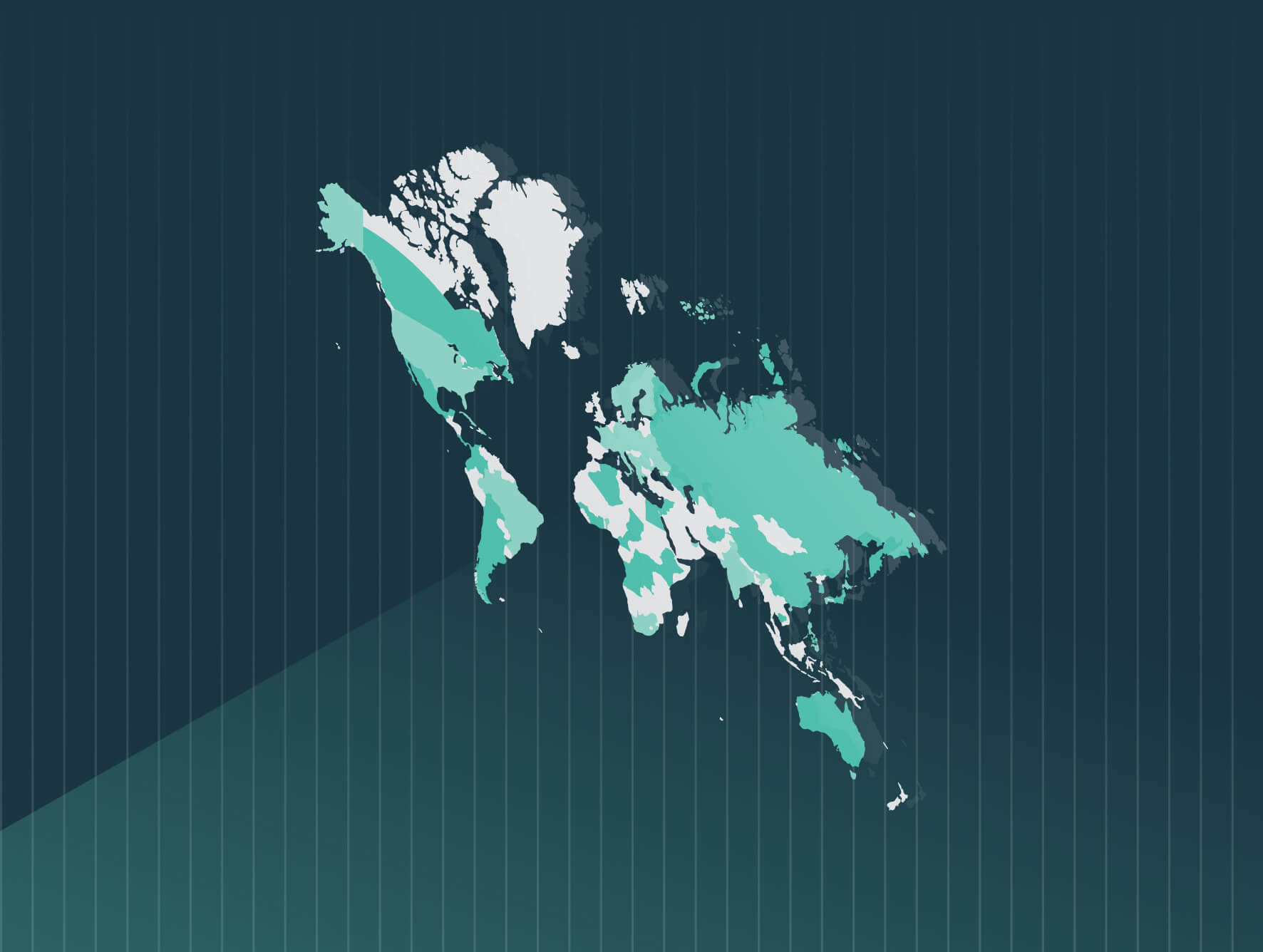Introduction
In 2017, Germany enacted pay transparency legislation with its Transparency in Wage Structures Act (Entgelttransparenzgesetz).
Every 3 to 5 years, depending on any employee collective bargaining agreements, employers with over 500 employees and who submit a management report in Germany are required to conduct gender equality and equal pay reports. An internal pay equity audit is optional.
In addition, individuals working in organizations with more than 200 employees have the right to request information on pay structures from their employer.
Germany reporting requirements
Who needs to report?
Compulsory Reporting: Employers with more than 500 employees, and that are required to file a management report under Sections 264 and 289 of the German Commercial Code must file a report on gender equality and equal pay. This includes all corporations, public limited companies (AG), and private limited companies (GmbH), and/or limited liability companies.
What to report?
Relevant employers must complete the Equal Pay Report including the following information:
- Measures taken to promote equality between women and men, and their impact on women.
- Measures implemented to achieve pay equity.
In addition, statistics disaggregated by gender are required on the average total number of employees, and the average number of full-time and part-time employees. Companies that have not adopted measures to promote equality must explain why in their report.
Voluntary reporting (other 500+ employees): In addition to the Equal Pay Report, companies with more than 500 employees are highly encouraged to carry out internal audits of their pay structures, however, this is not mandatory. The audit procedure includes data collection and analysis around the company’s pay structures, and procedures for reporting on and eliminating wage gaps if they are discovered.
Right to information: For companies with more than 200 employees, individuals have the right to request information about the salaries of co-workers in similar positions, as well as the criteria used to determine pay. A response must be provided within three months.
Where and when to report?
Deadline: Reports are published with the employer’s management report, within three months from the end of the employer’s fiscal year.
Cadence: Employers with more than 500 employees that are required to file a management report, and are bound by collective bargaining agreements, must report every five years. Reports cover the previous five-year period.
All other employers with more than 500 employees that are required to file a management report, and are not bound by collective bargaining agreements, must report every three years on the previous three years.
Statistics are only required for the final calendar year of the reporting period. Comparisons with the previous year’s data are required, effective from the second report.
Where are gender equality and equal pay reports published?
Pay reports are to be attached to the management report filed after the reporting period, and published in the German Federal Gazette.
Employment equity standards
German law is based on the principle of “equal pay for equal work or work of equal value.” Factors to be considered include the type of work, training requirements, and working conditions.
The General Equal Treatment Act prohibits discrimination on the basis of race/ethnicity, gender, religion or belief, disability, age, and sexual orientation in all areas of life, including employment.
Germany pay transparency requirements
In general, employers in Germany are required to ensure their compensation systems exclude gender discrimination and offer transparency.
The law is specific regarding the individual right of employees to request salary information from their employer including the criteria and practices used to establish pay level for their own position, as well as the salary of coworkers of the opposite sex in the same or comparable jobs. Employers must provide this information in a reasonable time frame. Employees also have a right to information on comparative benefits.
The risks of non-compliance
At present, there are no sanctions for non-compliance. However, officers responsible for gender equality in organizations, Equal Opportunities Officers of the German Federal Administration, Federal Establishments and Federal Courts are required to promote implementation of the Act with respect to its enforcement.
Since 2019, the German Federal Government has been mandated to:
- Continuously evaluate the effectiveness of legislation and report on its findings every four years.
- Report on the development of the principle of equal pay in organizations with fewer than 200 employees every four years.
How can Trusaic assist with Germany gender equality and equal pay reporting compliance?
1. Comply – Use Trusaic’s RAPTR solution to complete required reporting by compliance deadlines:
Applicability determination: Perform an accurate assessment of your applicability, according to jurisdictional specific definitions and regulatory frameworks so you can understand your reporting obligations across the globe.
Deadline management: Prepare ahead of time with project timelines, timely notifications, and reminders, to keep you on track to meeting jurisdictional deadlines.
Expert legal guidance and support: Benefit from the expertise of our trusted pay equity attorneys, so you understand your compliance requirements across a diverse global regulatory landscape. Receive world-class customer support, including assistance throughout the compliance process.
Streamlined data extraction: Collect the necessary data for analysis and submission with a simple click of a button; powered by certified data integrations with world’s largest HCM, HR and Payroll platforms, including Workday, SAP, UKG and ADP. Provide data through Trusaic’s Pay Equity platform, a SOC 2 Type II and GDPR-compliant tool for data transmission.
Data quality assurance: Trusaic performs data validations to ensure your collected data and information aligns with the standards and definitions provided by each jurisdiction.
Compliant report outputs: Take away the burden of reporting by effortlessly generating outputs containing necessary compliance information.
Reporting checklist: Follow step-by-step guidance on where, when and how to report to any jurisdiction’s regulatory body, as well as your required internal disclosure and public posting obligations.
2. Correct – Use PayParity® to understand, explain and resolve pay disparities:
Risk assessments: Stay aware of any potential exposure to any government audit or litigation. Our cross-functional team of data scientists, statisticians, and government regulatory compliance experts have rigorously worked to reverse-engineer the calculations that will be used by jurisdictions to estimate pay disparities, so you can prepare in advance.
Understand your pay gaps: Leverage Trusaic’s pay equity software solution to explain your pay gaps so you can understand the root causes and safeguard from equal pay claims and legal action.
Resolve pay disparities: Make pay adjustments where applicable so you can eliminate pay disparities and show improvements in your reported pay gaps from one year to the next.
3. Communicate – Use Trusaic’s Pay Equity Solutions to communicate narratives and share salary ranges with confidence:
Pay equity narrative: Communicate the sources of your pay gaps, progress objectives, and corrective measures to employees and internal stakeholders with TrueTransparency™. Show data-backed progress in your pay gaps over time.
Salary range explainability: Use Salary Range Finder® to establish and post competitive and equitable pay ranges to confidently comply with pay transparency laws.
Mitigate risk of recurrent pay disparities: Ensure new hires receive unbiased pay offers with the use of external labor market data and internal pay equity analytics to reduce unplanned and expensive pay remediations.
How to prepare to comply with the EU Directive
The EU Pay Transparency Directive was approved in 2023, establishing a clear framework for EU member states to apply the principle of equal pay for equal work or work of equal value.
EU member states have three years from June 7, 2023 to transpose the directive into law. Likely implementation dates are 2026, however, some countries may enact legislation earlier. All 27 member states are required to adopt the directive.
Employers operating in EU member states can take several preliminary steps to ensure compliance with the upcoming legislation. The EU Directive includes a requirement for a Joint Pay Assessment where pay gaps are higher than 5%. As the latest data shows a pay gap of 18%, German employers will be among those at significant risk of non-compliance.
Trusaic is GDPR compliant and can assist any organization in any EU state in meeting its obligations under both the EU Corporate Sustainability Reporting Directive and the EU Pay Transparency Directive.








